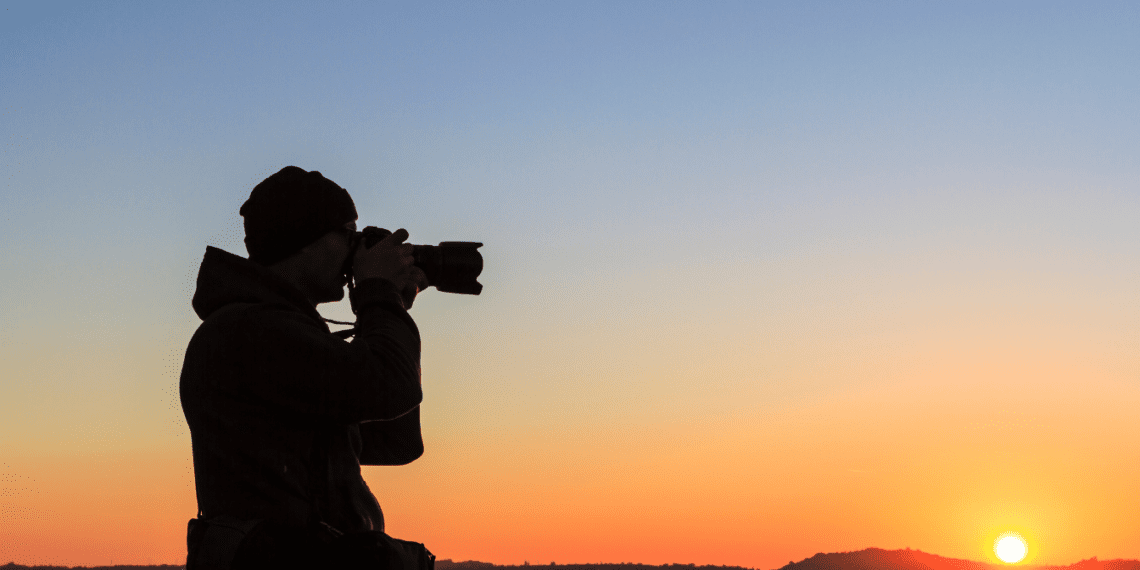Travel Photography Tips: Capturing the Perfect Shot on Your Journeys
Photography travel is not just about capturing images; it’s about telling a story through the lens. Whether you’re exploring the bustling streets of Tokyo or the serene landscapes of Iceland, each destination offers a unique backdrop for your photos. In this guide, we’ll dive deep into travel photography tips to help you capture the perfect shot on your journeys. From choosing the right equipment to mastering composition, these tips will elevate your photography skills and ensure your travel memories are beautifully preserved.
Understanding Your Equipment

Before embarking on your travel adventure, it’s crucial to understand the equipment you’ll be using. Whether you’re a beginner with a smartphone or a professional with a DSLR, knowing your gear is the first step to taking great photos.
Choosing the Right Camera
Not all cameras are created equal, and selecting the right one depends on your photography goals. A DSLR or mirrorless camera offers versatility and high-quality images, making them ideal for capturing intricate details and dynamic scenes. On the other hand, smartphones are convenient and have improved significantly in terms of camera capabilities.
Essential Lenses for Travel Photography
Lenses play a pivotal role in travel photography. A versatile lens like a 24-70mm is excellent for capturing a range of shots, from landscapes to portraits. For those interested in capturing stunning vistas, a wide-angle lens is essential. Conversely, a telephoto lens will help you get closer to distant subjects, such as wildlife or architectural details.
Mastering Composition

Composition is the art of arranging elements within your frame to create a balanced and engaging image. Understanding basic composition techniques can dramatically improve your travel photos.
The Rule of Thirds
The rule of thirds is a fundamental principle in photography. Imagine dividing your frame into a 3×3 grid. Positioning your subject at the intersections or along the lines can create a more balanced and visually appealing image.
Leading Lines
Leading lines guide the viewer’s eye through the photograph and can add depth to your images. Roads, rivers, and architectural elements often serve as excellent leading lines.
Harnessing Natural Light

Lighting can make or break a photograph. Understanding how to use natural light effectively is crucial in travel photography.
The Golden Hour
The golden hour, shortly after sunrise or before sunset, offers soft, warm lighting that enhances colors and reduces harsh shadows. Plan your shoots during these times for more captivating images.
Dealing with Harsh Light
Midday sun can create harsh shadows and overexposed highlights. To combat this, seek out shaded areas, use a polarizing filter, or adjust your camera settings to compensate for the intense light.
Capturing Authentic Moments

Travel photography is about capturing the essence of a place and its people. Focus on authenticity to create images that resonate with viewers.
Street Photography
Street photography involves capturing candid moments in public places. Be respectful and mindful of local customs when photographing people. A telephoto lens can help you take candid shots without intruding on personal space.
Documenting Culture and Traditions
Every destination has its own unique culture and traditions. Capture local festivals, markets, and daily life to tell a more complete story of your travels.
Post-Processing and Sharing Your Photos

Editing is an integral part of photography, allowing you to enhance and refine your images. Additionally, sharing your work with a broader audience can be rewarding.
Basic Editing Techniques
Use editing software like Lightroom or Photoshop to adjust exposure, contrast, and saturation. Be mindful not to over-edit your photos, as this can detract from the authenticity of the scene.
Sharing on Social Media
Platforms like Instagram and Pinterest are excellent for sharing your travel photography. Use relevant hashtags, engage with other photographers, and post consistently to build a following.
Conclusion
Travel photography is a journey of discovery, both of the world and your own artistic abilities. By understanding your equipment, mastering composition, harnessing natural light, and capturing authentic moments, you can create stunning images that tell the story of your travels. Remember, practice makes perfect, so keep exploring and shooting. Happy travels and happy shooting!






































